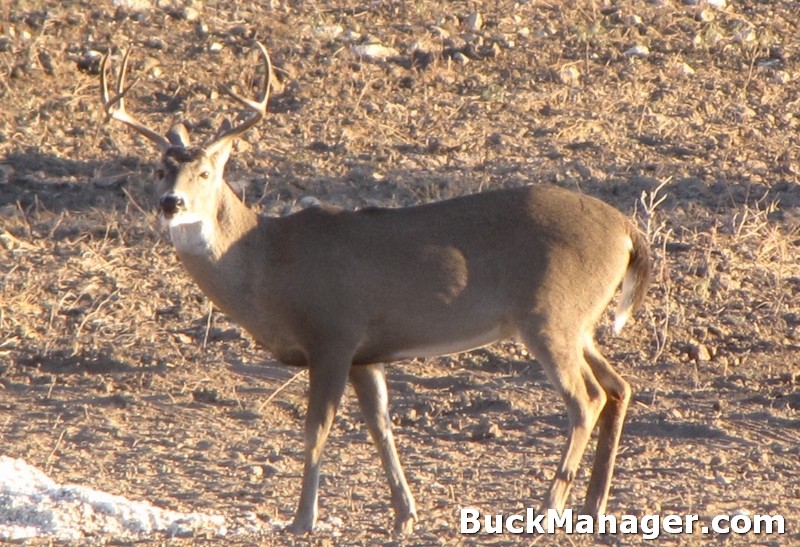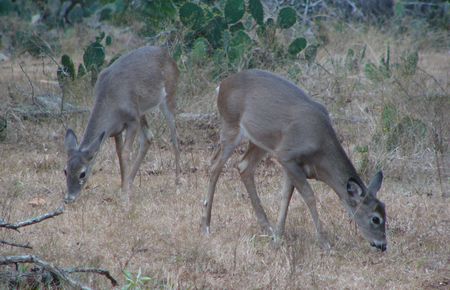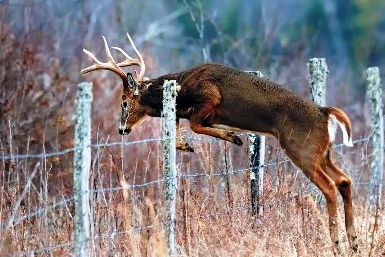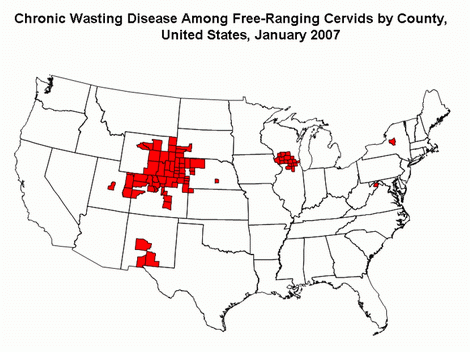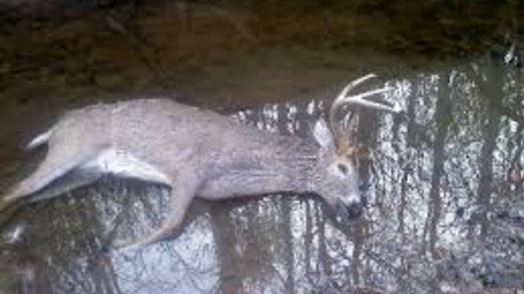Lumpy Jaw
The white-tailed deer hunting season sneaks up on us each year. Most hunters are already in the woods looking for a big, mature buck. Hunters often see some strange things while in the woods. Have you ever seen lumpy jaw in deer? Sometimes, those odd things include deer afflicted with a variety of diseases and other internal and external physical issues.
One fairly common problem in whitetail is lumpy jaw. The name “lumpy jaw” says it all because deer with this problem stick out; The animal looks like it has a lump between (or under) its jawbone and the hide. The lumpy jaw many hunters witness is the result of adult arterial nematodes (Elaeophora schneideri). These worms live primarily in the whitetail’s carotid arteries. In fact, partial paralysis of the deer’s jaw muscles occurs when high arterial worm infestations reduce blood flow.
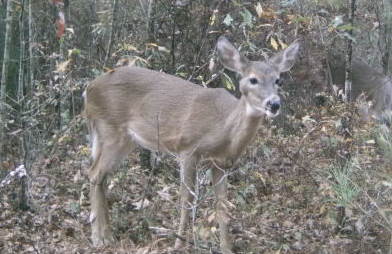
Impact of Lumpy Jaw
An overabundance of arterial worms is bad news for deer. As a result of jaw muscle paralysis, food becomes trapped inside the deer’s mouth. This food becomes impacted and leads to the lumpy jaw and/or swollen cheek appearance. Over time, the impaction often causes tooth loss, bone decay, and sometimes even death.
So now your thinking, how do white-tailed deer get lumpy jaw? Good question! The common horsefly passes the nematode larvae from an infected deer to an uninfected one by feeding on deer blood. The horsefly carrying larvae-infected blood is ultimately what perpetuates this lumpy jaw condition in deer.
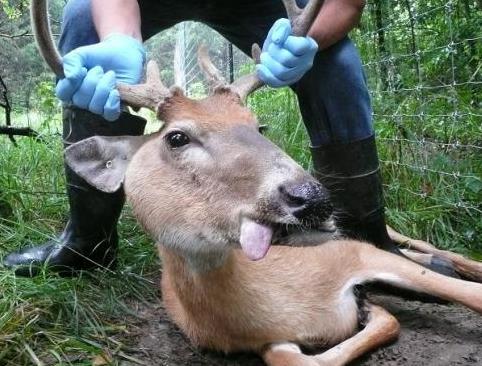
Lumpy Jaw & Deer Populations
Lumpy jaw in deer is widespread, but it poses little threat to deer populations. Luckily for property owners, hunters, and the deer, infection rates in are not high enough to impact white-tailed deer populations. Arterial worms, like most other deer issues, do not pose a risk to humans. Hunters can consume deer that exhibit lumpy jaw. Many deer have arterial worms and show no symptoms, so you’ve eaten deer with arterial worms.
However, as a hunter I don’t like to think it too much. Who wants to think about arterial worms, nasal bots, or any other of the many diseases, viruses, or things deer can possibly tote around?
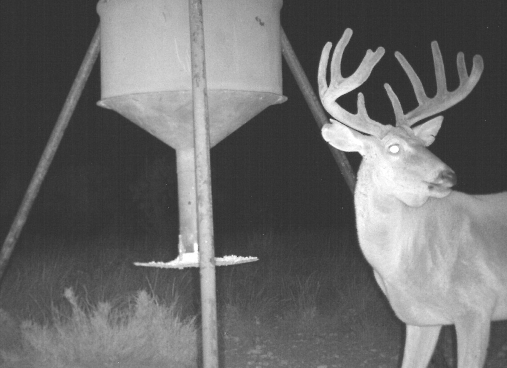
More Lumpy Jaw in Deer?
Arterial worms are not the only game in town. Other creatures can give white-tailed deer that lumpy jaw appearance. A bacterium called Actinomyces bovis can also cause an infection of the jawbone. This bacterium is actually a common inhabitant of the mouths of healthy whitetail. It is only a problem when a sharp object such as a thorn punctures the inner lining of a deer’s mouth. This oral puncture allows A. bovis bacteria to invade the tissues.
Additionally, healthy deer — like all animals — can simply get large or odd-shaped food items caught in their mouth. However, food impaction in white-tailed deer is most often the result of arterial worms. This results in muscle issues that lead to food impaction and lumpy jaw syndrome. As mentioned, lumpy jaw in deer does not pose a health problem for hunters. The meat can be safely consumed.

